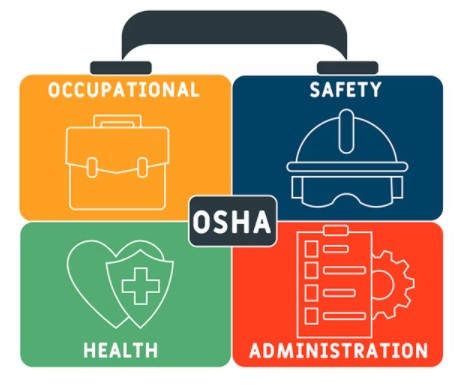Massachusetts Receives Approval for State OSHA Plan
Originally Published by: OSHA — August 17, 2022
SBCA appreciates your input; please email us if you have any comments or corrections to this article.
The U.S. Department of Labor's Occupational Safety and Health Administration recently granted Massachusetts initial approval to enable the state's safety and health plan to be responsible for protecting state and local government workers.

The Massachusetts State and Local Government Only State Plan will cover more than 430,000 employees of the state and its political subdivisions under an OSHA-approved plan. The plan takes effect on Aug. 18, 2022.
"Massachusetts' new state plan is a milestone for its public employees and the state's development of its occupational safety and health program," said Assistant Secretary for Occupational Safety and Health Doug Parker. "We commend them for their ongoing commitment to the well-being of government workers who provide vital services to make the state of Massachusetts livable and enjoyable."
Massachusetts joins Illinois, Maine, New Jersey, Connecticut, New York and the Virgin Islands as one of seven states and territories where the administrators of state safety and health programs are committed to maintaining programs at least as effective as federal OSHA to protect state and local government workers. In addition, the 22 states and territories with full state plans also cover state and local government workers in their states. Currently, 23 states still do not provide federally approved workplace safety and health protections for their public employees.
The plan will be administered by the Massachusetts Department of Labor Standards. Private sector and federal government employees in the state remain under federal OSHA jurisdiction.
The OSH Act of 1970 and 29 CFR Part 1956 allow states and territories to establish plans that cover only state and local government employees – workers who are excluded from federal coverage. Once a State Plan is approved, OSHA funds up to 50 percent of the program's costs.
